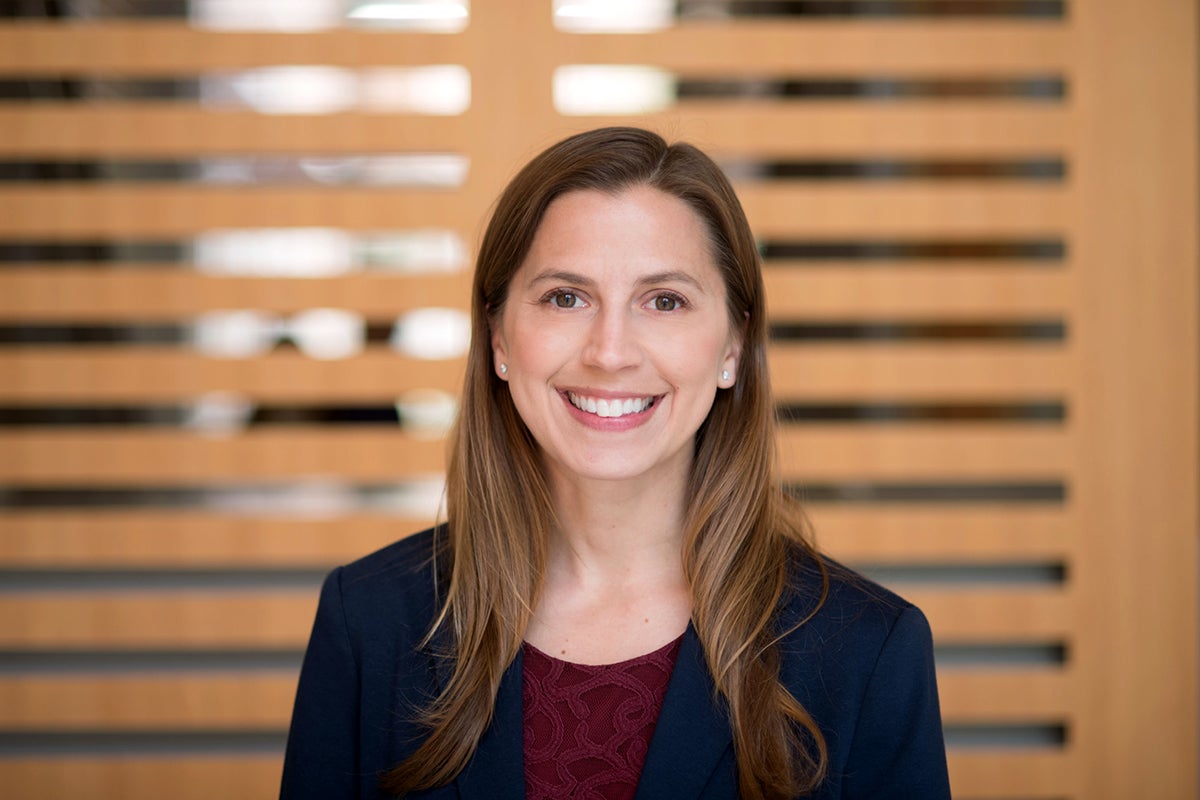How AI is Accelerating Discovery
AI is transforming how scientists design cancer drugs and vaccines, study star formation and understand the brain.

Elements of the cover image for this episode were generated using Midjourney and Photoshop’s generative AI tools. Photo-Illustration: Martha Morales
Researchers in fields as diverse as astronomy, chemistry, neuroscience, biotechnology and public health are now using AI tools to look for patterns in their data, write code, find and summarize existing scientific literature, and even design experiments. Someday, scientific discoveries might even be made entirely by AI.
We sat down with two guests for a bird’s eye view of how AI tools and approaches are boosting scientific discovery. Adam Klivans is a professor of computer science and the director of the Machine Learning Lab (MLL), which is a kind of umbrella organization for interdisciplinary AI research across the university. He also co-leads the Institute for Foundations of Machine Learning (IFML), which focuses on the fundamental theories behind AI. And Alex Dimakis is a professor of computer and electrical engineering. Along with Adam, he co-directs both the MLL and IFML and leads the new Center for Generative AI.
Dig Deeper
Peering in a Stellar Nursery, Texas Scientist Magazine
How New Machine Learning Techniques Could Improve MRI Scans, Amazon Science
Lululemon is experimenting with the first fabric made from recycled carbon emissions, Fast Company (this is the story referred to by Adam Klivans about Lanzatech turning carbon monoxide emissions into yoga pants to fight climate change)
From Chatbots to Antibiotics, Texas Scientist Magazine
Plastic-eating Enzyme Could Eliminate Billions of Tons of Landfill Waste, UT News
Brain Activity Decoder Can Reveal Stories in People’s Minds, Point of Discovery podcast
Alzheimer’s Drug Fermented With Help From AI and Bacteria Moves Closer to Reality, UT News
AlphaFold, Wikipedia (the AI model from Deep Mind that Adam Klivans mentioned that has made great strides in predicting the shapes that proteins take)
DataComp LM (UT’s open access dataset for training large language models)
Episode Credits
Our co-hosts are Marc Airhart, science writer and podcaster in the College of Natural Sciences and Casey Boyle, associate professor of rhetoric and director of UT’s Digital Writing & Research Lab.
Executive producers are Christine Sinatra and Dan Oppenheimer.
Sound design and audio editing by Robert Scaramuccia. Theme music is by Aiolos Rue. Interviews are recorded at the Liberal Arts ITS recording studio.
Elements of the cover image for this episode were generated using Midjourney and Photoshop’s generative AI tools.
About AI for the Rest of Us
AI for the Rest of Us is a joint production of The University of Texas at Austin’s College of Natural Sciences and College of Liberal Arts. This podcast is part of the University’s Year of AI initiative. The opinions expressed in this podcast represent the views of the hosts and guests, and not of The University of Texas at Austin. Listen via Apple Podcasts, Spotify, Amazon Podcasts, RSS, or anywhere you get your podcasts. You can also listen on the web at aifortherest.net. Have questions or comments? Contact: mairhart[AT]austin.utexas.edu



